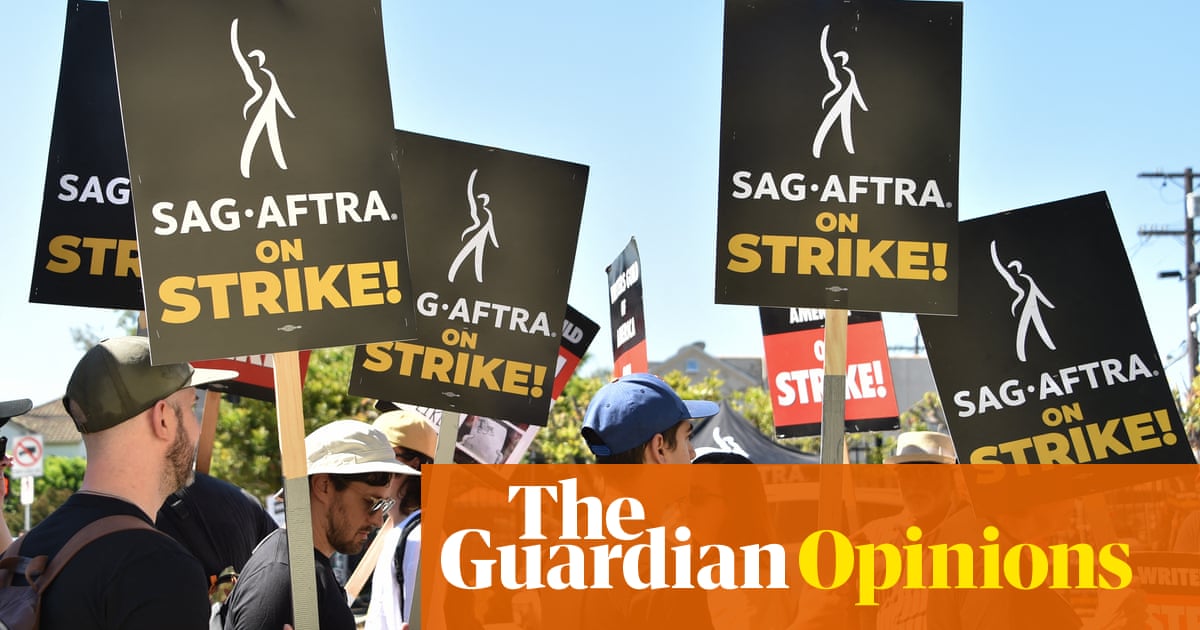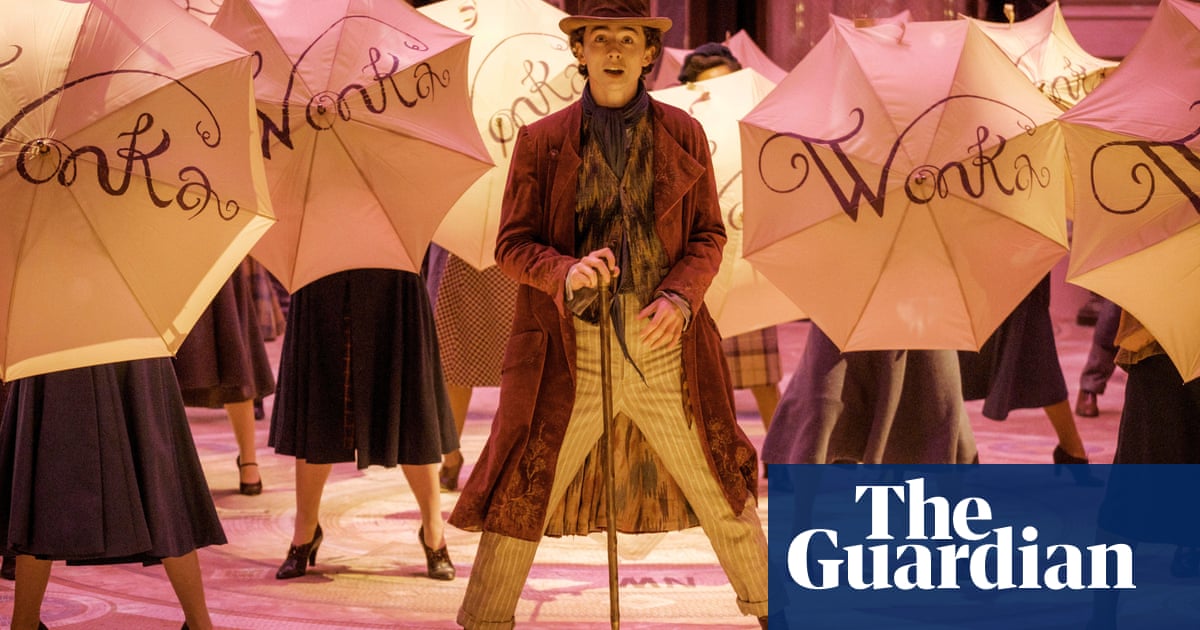
Everybody knows who the baddies are in the Hollywood strikes story. It’s the fatcats, the studio bosses, the streamer heads counting their piles of cash while the little people get squashed.
This is undoubtedly true. Hollywood is now run not by aspiring creatives but multinational conglomerates who, as one insider told me this weekend, aim simply for the bottom line. Their business is stripping industries for parts and then flipping the husks once they’re done.
The rhetoric of men such as Bob Iger, the Disney CEO who bellyached about the “unrealistic” demands of “disturbing” actors, is panto villain stuff. After all, as Matt Damon reminded press on the red carpet for Oppenheimer – the last major premiere to be graced by stars on the red carpet for the foreseeable – union rules mean actors must make at least $26,000 per year to qualify for healthcare. Iger makes around $27m per year.
“This isn’t an academic exercise,” said Damon. “This is real life and death stuff.” There’s no reason to imagine Damon’s expressions of solidarity were anything but heartfelt and genuine. The actors on Oppenheimer reportedly took a paycut to work on the film. But estimates suggest that Damon’s upfront salary on his most recent movie, Air, was between $30-$40m.
That’s a lot of money. And, as the strike ploughs on, likely obliterating in its path film festivals, award seasons and the livelihoods not just of countless impoverished actors and writers but ancillary crew, caterers and LA dry cleaners, focus may shift from the studio heads to the other major beneficiaries of the current system.
In an interview on Sunday, former studio head Barry Diller said: “There’s no trust. You have the actors’ union saying: ‘How dare these 10 people who run these companies earn all this money and won’t pay us?’ While, if you look at it on the other side, the top 10 actors get paid more than the top 10 executives. I’m not saying either is right. Actually, everybody’s probably overpaid at the top end.”
Diller proposed studio heads and the richest actors agree to a 25% pay cut as a goodwill gesture which might break the deadlock that threatens to cripple the industry. Such a proposal seems unlikely to happen – not only through a lack of desire but the simple logistics of funnelling such funds into the pay packets of the lowest-paid.
Yet Diller does seem to be reflecting a mounting sense of inequality on the ground. One picket-line banner over the weekend asked: “Where the fuck is Ben Affleck?”
This is a treacherous time for A-list stars with portmanteau portfolios: those who have multiple union cards, and different allegiances to the Screen Actors Guild and the Writers Guild America (which are on strike) as well as the Directors Guild America (which settled a few months ago) and the Producers Guild America (unlikely to be unhappy).
Such people – George Clooney, Brad Pitt, Ryan Reynolds, Bradley Cooper – all of whom have major productions upended by the current action, must be seen to support their acting and writing peers while not appearing hypocritical. For the more control you can assume of your own projects, the more potential leverage you have over your producing and directing peers, as well as your senior studio pals.
Yet beyond the philosophical, the nitty gritty of many of the touchstones of the dispute does affect A-listers and Z-listers very differently. Some actors famous enough to qualify as a brand will have already resolved complicated negotiations over use of their image. Some, particularly those in the later stages of their career, will actively embrace AI that enables them to remain rich and famous beyond their working years – or, even, their death.
This is a very different situation to that faced by background extras or bit-parters who, the new deal proposes, will have to sign away rights to their face for a day’s work. They will then have to sit back and see their own image copied and pasted into any film or TV content, in perpetuity – with no residuals.
The current dispute is in most respects no different from that seen across a corporate world which depend for their profits on huge wealth discrepancies. Yet the passion and radicalism this has given rise to on the streets of LA should not, however, be underestimated by those observing from the Hollywood hills.
They did not personally create a system that rewards its most recognisable stars thousands of times more than its least. They are not as culpable as those studio heads who have raked in huge sums while making decisions that actively disenfranchise others. Yet they have undoubtedly benefited from this system.
What’s happening in LA now is not new: 60 years ago the writers and actors were also on strike at the same time. But it is unprecedented in terms of the timing. Blockbusters are faltering at the box office – and with them the star system which has been baked into their structure. And if jobbing actors can’t rely for their future employment on films greenlit because of the star-wattage at the top, those actors may start seeing such stars in a dimmer light.
Just as the saga so far has its obvious villains and those waiting in the wings, so too it has its breakout star: Sag-Aftra president, Fran Drescher, whose tirade against Iger ignited the strikers on their first day. She advocated Disney “lock him behind doors … because it’s so obvious that he has no clue as to what is really happening on the ground with hard-working people that don’t make anywhere near the salary he is making. High seven figures, eight figures, this is crazy money that they make, and they don’t care if they’re land barons of a medieval time.”
Drescher is today’s leading lady. Hollywood’s more established stars must tread carefully lest they too be denounced as relics, and their castles stormed accordingly.












